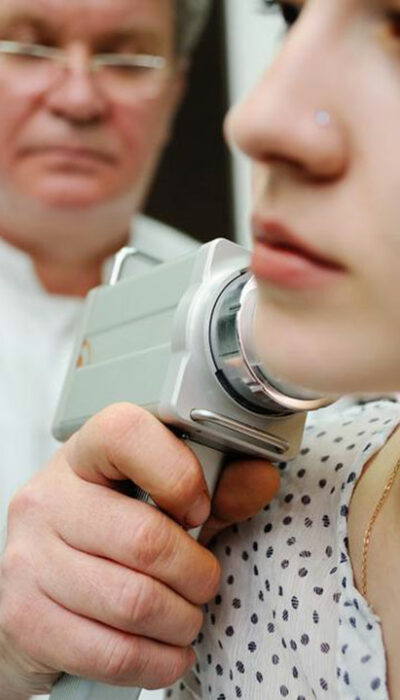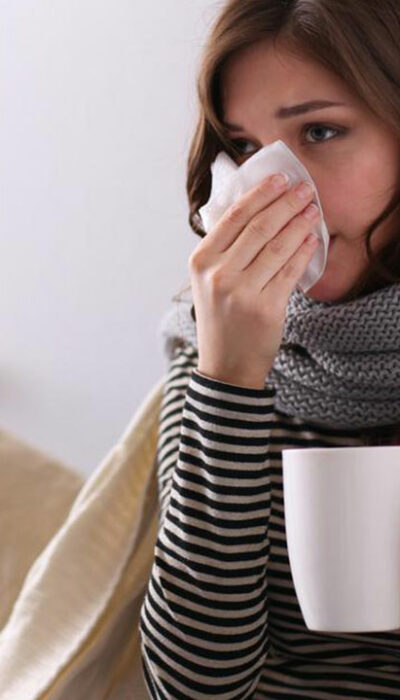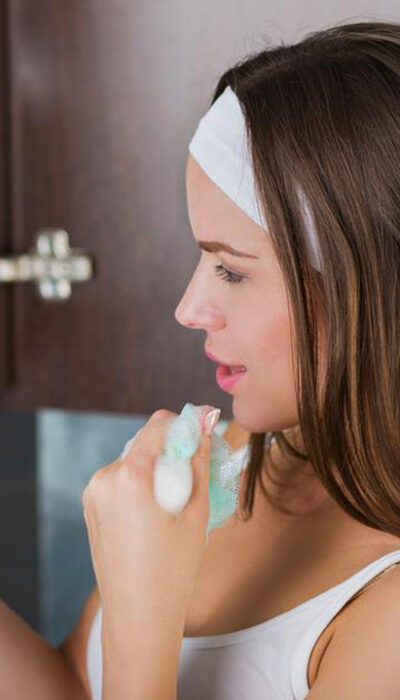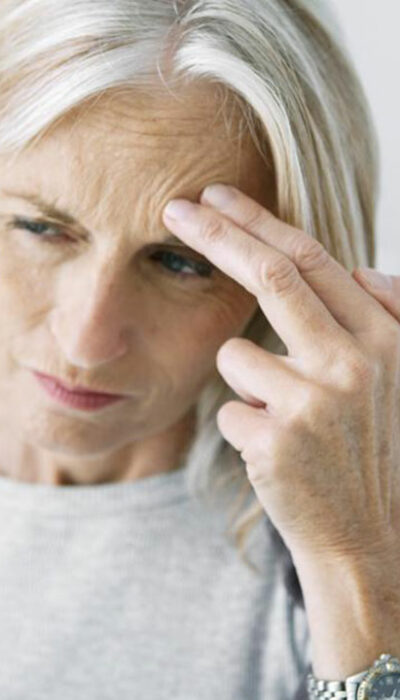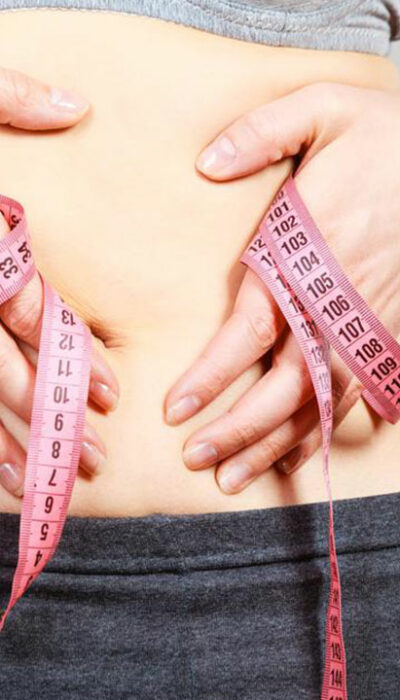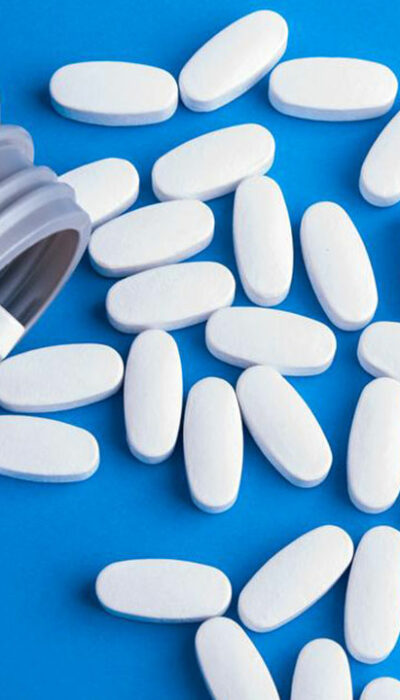
Useful Facts about L-arginine
L-arginine is an amino acid which is present in food items such as white meat, fish, chicken, milk products, and red meat. It is also made in the human body and can be synthesized artificially in laboratories. L-arginine for erection-related problems is a great medical treatment for people who suffer from lifestyle or hereditary problems. After the intake, L-arginine is converted into NO (nitric oxide) that expands the blood vessels and promotes the blood flow in the body. L-arginine has various benefits. Many people take it as a dietary supplement for various reasons, such as: Lessening the blood pressure With L-arginine, erection function is boosted Boost circulation of blood in the heart ensuring a healthy heart Increase sperm count and motility Enhance the recovery process in injuries and surgeries Control pain in legs due to improper blood circulation L-arginine for erection-related problems is considered as one of the most popular treatments. The drug possesses a great potential of vasodilator. L-arginine for erection problems works similar to PDE5 inhibitor drugs such as Cialis and Viagra. One must take high quantities of L-arginine to find its performance such as erection strength and blood flow. Doses of about 6 grams, 8 grams or 10 grams must be taken depending on individual need. The dosage gives different results for different users. Therefore it is difficult to describe an exact dose value for the people. Men with erectile dysfunction (ED) can take high dietary supplements up to 1200 mg daily. You can even tray different doses of L-arginine different times a day. For example, a dose of 4000 mg in the morning and 5000 mg in the afternoon depending on your needs. If you combine the intake of pine bark along with L-arginine, erection function can be boosted. Being a great antioxidant, L-arginine enhances the blood flow.
